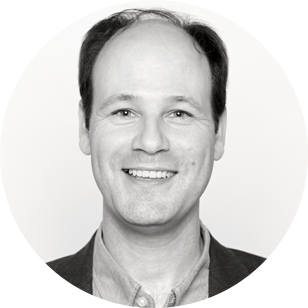There's a bright side to the Highway Trust Fund's near depletion

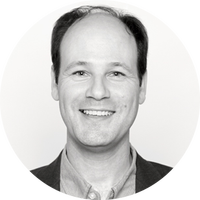
On Monday, Transportation Secretary Anthony Foxx tried to light a fire under Congress, reminding the gridlocked national legislature that if they don't find $18 billion in spare change by the end of August, the Highway Trust Fund could run out of money. This is bad news: An empty trust fund could stall more than 112,000 already ongoing infrastructure projects and unhelpfully affect almost 700,000 jobs, according to a White House economic analysis.
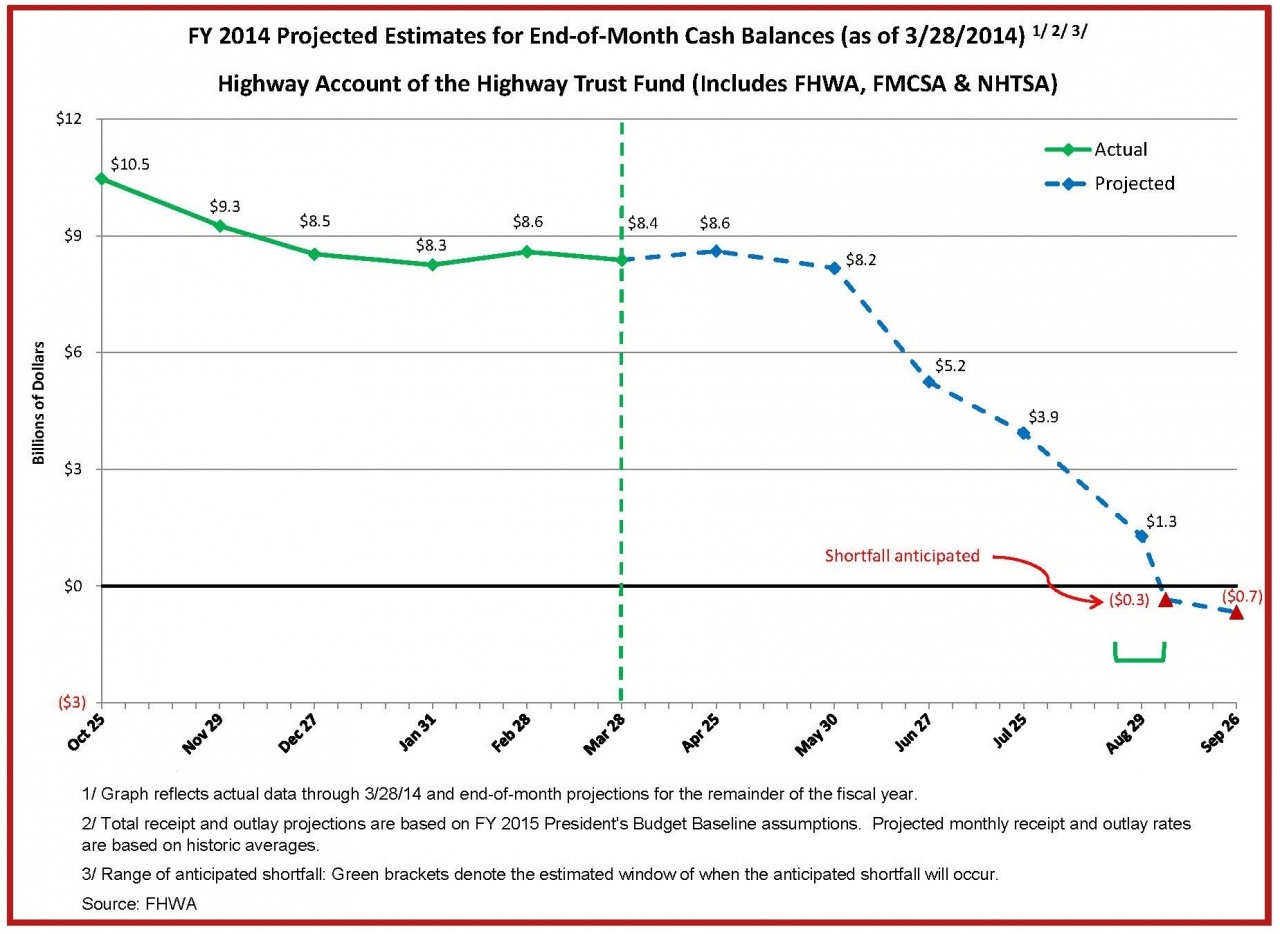
And that's just the ongoing projects. The U.S. needs more infrastructure projects, not fewer. "We have an infrastructure deficit in this country," Foxx said Monday. "We cannot meet the needs of a growing country and a growing economy by simply maintaining our current level of effort." He's right.
So what's the good news? The Highway Trust Fund — which pays for a lot of not just highway projects but bridge repairs and public transportation needs — is financed almost entirely through a dedicated federal gas tax. And thanks to more efficient cars (hybrids + federal mileage standards) and fewer Americans driving, U.S. motorists are buying less gas — with results this chart from The Washington Post demonstrates:
The Week
Escape your echo chamber. Get the facts behind the news, plus analysis from multiple perspectives.

Sign up for The Week's Free Newsletters
From our morning news briefing to a weekly Good News Newsletter, get the best of The Week delivered directly to your inbox.
From our morning news briefing to a weekly Good News Newsletter, get the best of The Week delivered directly to your inbox.

As Slate's Josh Voorhees notes, there's a simple, obvious solution to the funding shortfall — raising the gas tax, stuck at 18.4 cents a gallon since 1994 — and Washington won't touch it. Congress will have to do something, probably foolish. But let's take a moment to admire the silver lining: Using less gas is something every side of the political spectrum can celebrate.
A free daily email with the biggest news stories of the day – and the best features from TheWeek.com
Peter has worked as a news and culture writer and editor at The Week since the site's launch in 2008. He covers politics, world affairs, religion and cultural currents. His journalism career began as a copy editor at a financial newswire and has included editorial positions at The New York Times Magazine, Facts on File, and Oregon State University.
-
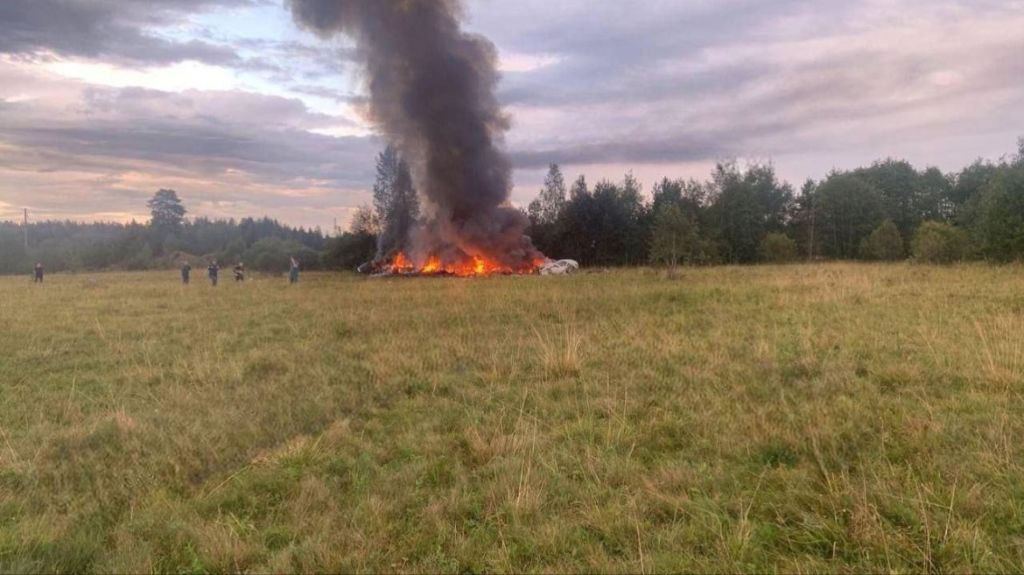 Nobody seems surprised Wagner's Prigozhin died under suspicious circumstances
Nobody seems surprised Wagner's Prigozhin died under suspicious circumstancesSpeed Read
-
 Western mountain climbers allegedly left Pakistani porter to die on K2
Western mountain climbers allegedly left Pakistani porter to die on K2Speed Read
-
 'Circular saw blades' divide controversial Rio Grande buoys installed by Texas governor
'Circular saw blades' divide controversial Rio Grande buoys installed by Texas governorSpeed Read
-
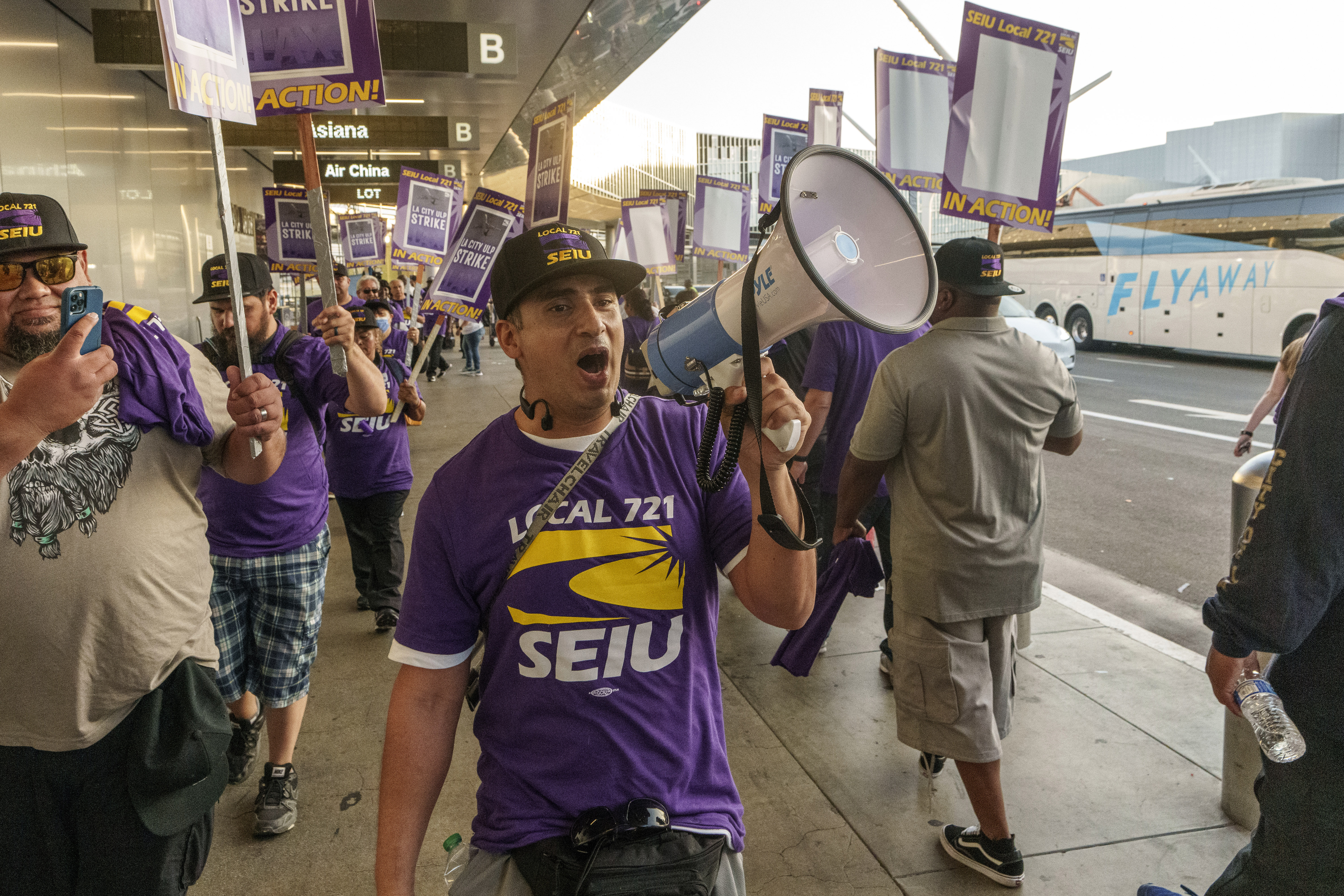 Los Angeles city workers stage 1-day walkout over labor conditions
Los Angeles city workers stage 1-day walkout over labor conditionsSpeed Read
-
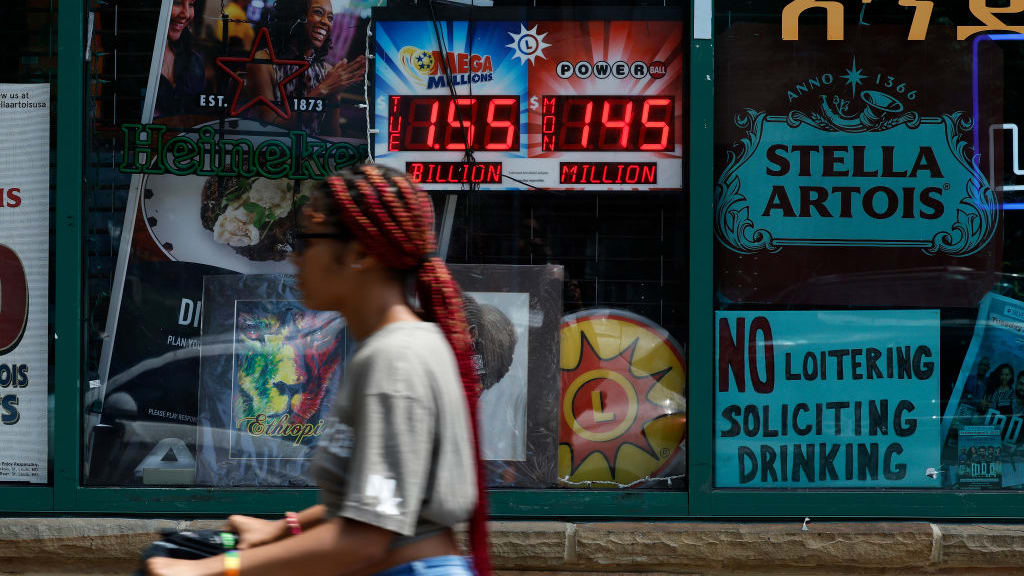 Mega Millions jackpot climbs to an estimated $1.55 billion
Mega Millions jackpot climbs to an estimated $1.55 billionSpeed Read
-
 Bangladesh dealing with worst dengue fever outbreak on record
Bangladesh dealing with worst dengue fever outbreak on recordSpeed Read
-
 Glacial outburst flooding in Juneau destroys homes
Glacial outburst flooding in Juneau destroys homesSpeed Read
-
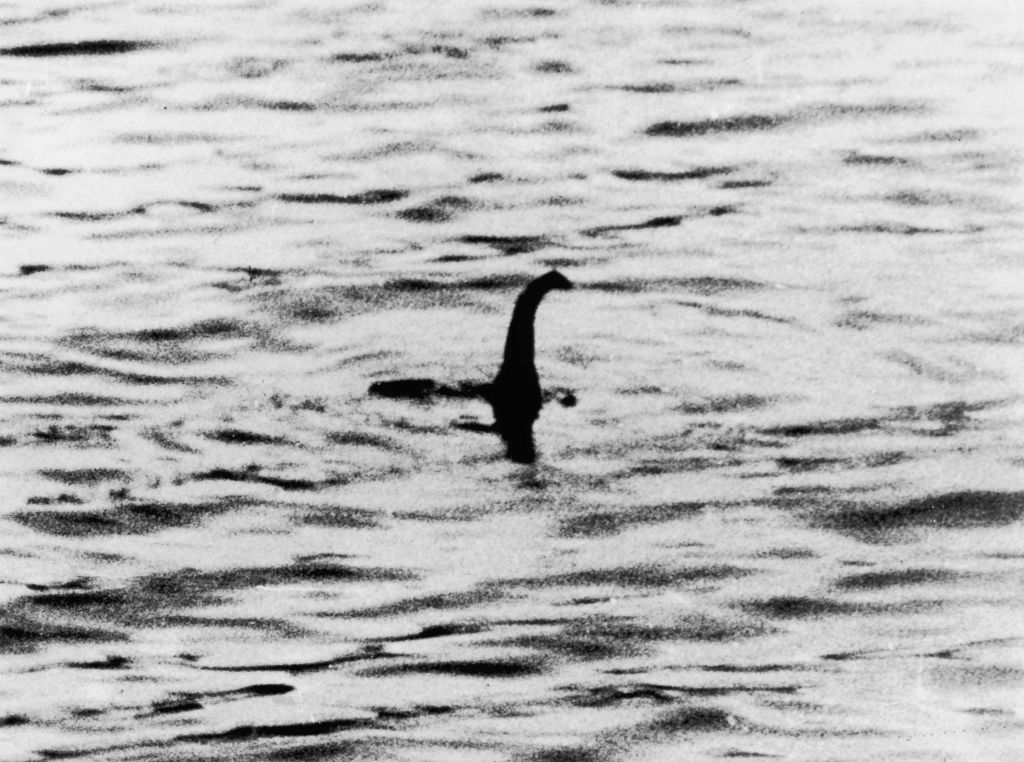 Scotland seeking 'monster hunters' to search for fabled Loch Ness creature
Scotland seeking 'monster hunters' to search for fabled Loch Ness creatureSpeed Read
